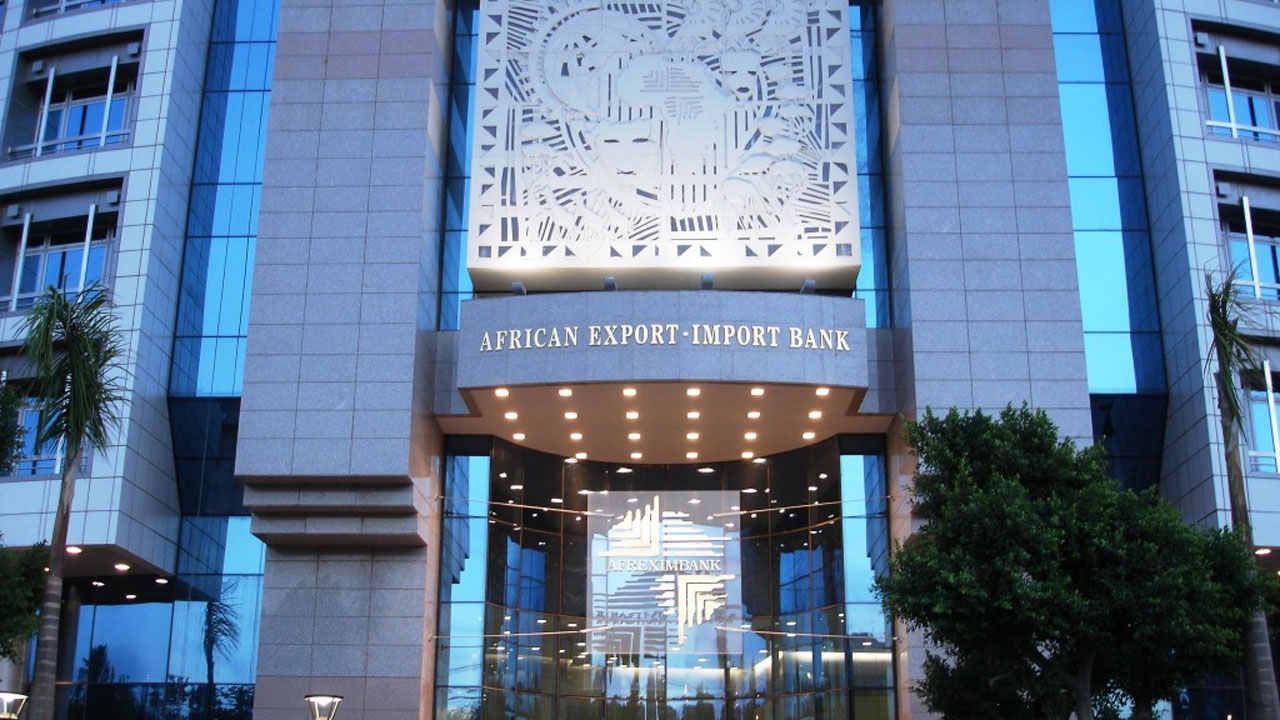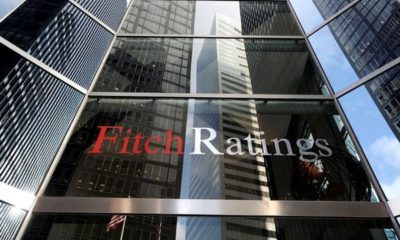- Afreximbank Unveils Programme to Unlock Over $100b Intra-African Investments
By creating and modifying trade finance instruments, the African Export-Import Bank (Afreximbank), has stated that it hopes to unlock about $100billion worth of investments within the continent, hitherto not mobilised via informal trade and Diaspora funds, through its newly launched Guarantee Programme (AFGAP).
Although the bank said efforts to mobilise untapped investments had started last year with a target of $10billion, it realised that there are more funds to be harnessed considering the success it recorded within the period its mobilisation efforts commenced.
According to the bank, the programme, which has several initiatives, seeks to de-risk intra-African trade by mobilising available resources within the continent rather than struggling to attract foreign direct investment from international agencies and developed countries.
Besides, the bank also reinforced the need to de-commoditise the continent by developing strategies and adapting to changes in the global community, especially as the world switches to data economy.
President of Afreximbank, Dr Benedict Oramah, explained that the move for inclusiveness in the area of trade became important in the light of difficulty in accessing FDIs by many African countries and the need to help the fragmented continent to reap benefits of integration.He spoke at the opening ceremony of the advanced structured trade finance seminar on the Island of Sal in Cape Verde, yesterday.
He added that the trade solutions being unveiled are needed to boost intra-African trade, especially as there are emerging trends in technology, mobile payments and changing data environment. “Resource mobilisation from African sources helps to reduce dependence on foreign liabilities when there is over $1trillion worth of funds within the continent waiting to be harnessed. We need to help ourselves first rather than financing other economies through bonds issuance
“Intra-African trade can only expand if Africa produces more diversified products and if risks associated with the financing of the trade can be adequately mitigated. Industrialisation and export manufacturing have become critical components of the efforts to expand intra-African trade. The role of financing in all of these cannot be overemphasized. Creating the export manufacturing capacities the continent will require billions of dollars in financing the enabling infrastructure as well as the acquisition of the equipment the factories will need.”
Afreximbank also estimates that an amount of about $25billion exists as intra-African trade financing gap annually even today Due to novelty of regional markets, there is the need to create instruments that will mitigate payment risks, including country risks, for traders. Historically, distinguished ladies and gentlemen, international banks had not supported intra-African trade for various reasons: these banks had traditionally favoured commodity financing, which lent itself to the use of classical structured trade financing techniques to mitigate perceived risks in the continent.
Under such structures, the international banks usually assumed the performance risks of African commodity exporters, while transferring the payment risks to Organisation for Economic Cooperation and Development (OECD) countries. This approach contributed in entrenching commodity dependence in Africa as items other than commodities could not be financed. It also contributed to the low levels of intra-African trade given that African buyers rarely qualified as acceptable off-takers under such arrangements.
While these problems persist today, others are emerging. For instance, rising costs of compliance is beginning to constrain access of many African economies to import financing. A cocktail of enhanced regulatory compliance requirements and the emerging Basel IV and IFRS 9 are likely to further worsen the situation. What all these mean is that bankers doing business in Africa have to be adaptive and responsive to the needs of the continent and the evolving operating environment. It is no longer possible to operate as if things are not changing. While Africa pioneered FINTECH, the speed of its evolution is creating challenges and opportunities for trade finance banks around the globe.
“With new payment platforms emerging daily as well as gradual acceptance of digital currencies, letters of credit may not be relevant in the near future. This seminar will give participants the capacity to structure bankable trade finance deals of varying levels of complexity and will also give them the opportunity to network and exchange ideas,” he said.
On his part, the Minister of Finance, Cape Verde, Olavo Correia, hinged the growth of the continent’s economy on trade facilitation and development of free markets that aid the transition of several informal trades to the formal platform.
“A unified market is key and Afreximbank as an institution is crucial to achieving that. We need to look at several sectors that can drive inclusiveness. We are doing our best as a country to connect several sectors and islands,” he added.

 Naira4 weeks ago
Naira4 weeks ago


 Naira4 weeks ago
Naira4 weeks ago




 Naira4 weeks ago
Naira4 weeks ago




 Naira3 weeks ago
Naira3 weeks ago


 News4 weeks ago
News4 weeks ago
 Travel4 weeks ago
Travel4 weeks ago




 Naira3 weeks ago
Naira3 weeks ago


 Jobs3 weeks ago
Jobs3 weeks ago





















